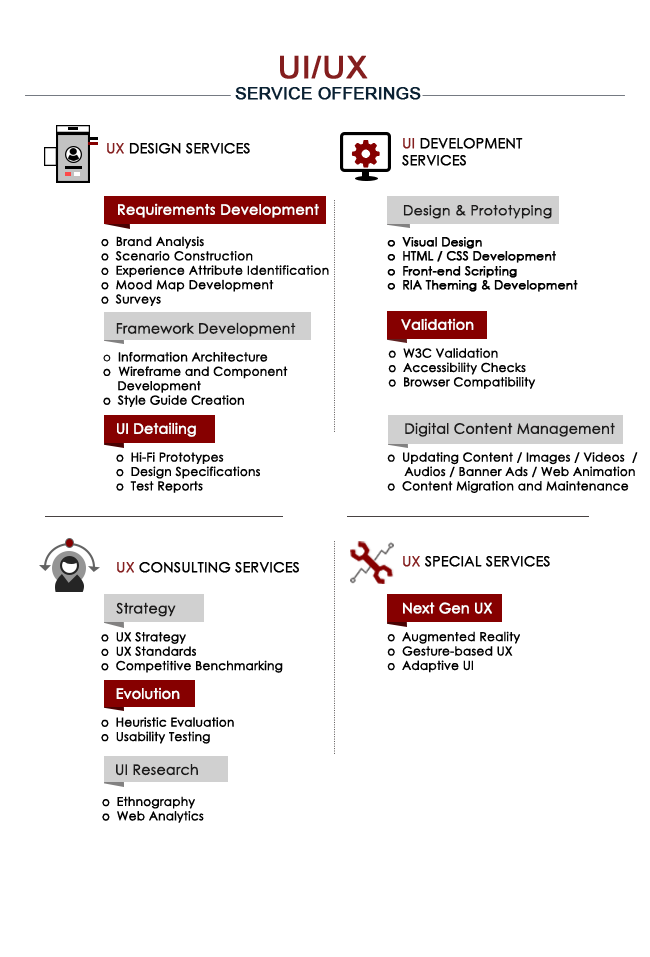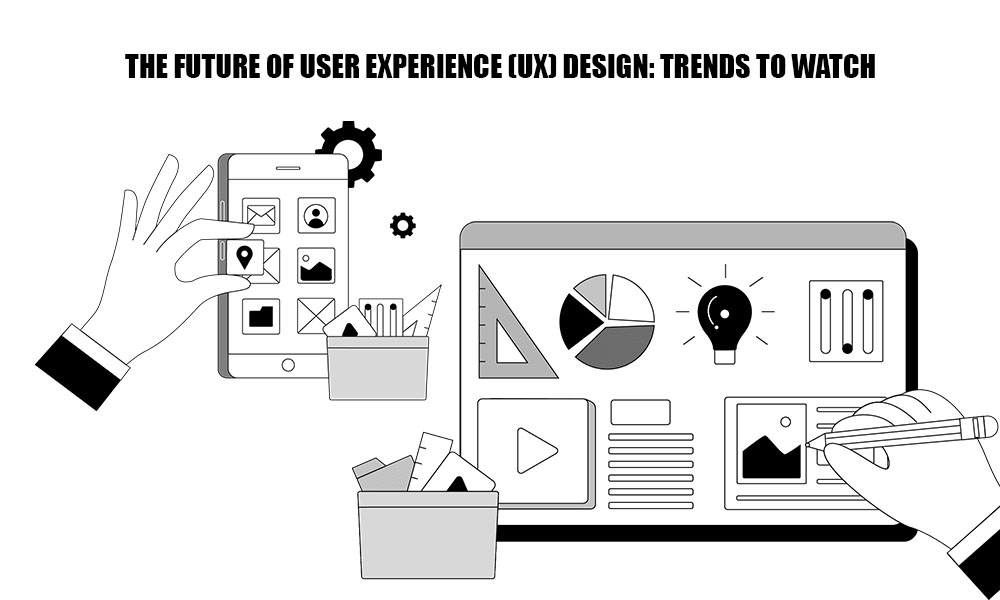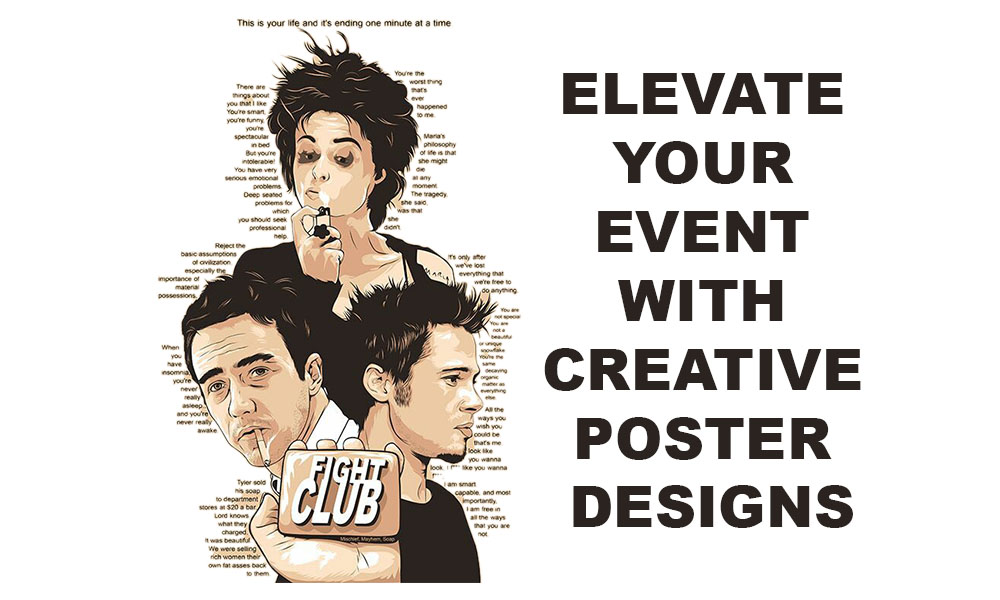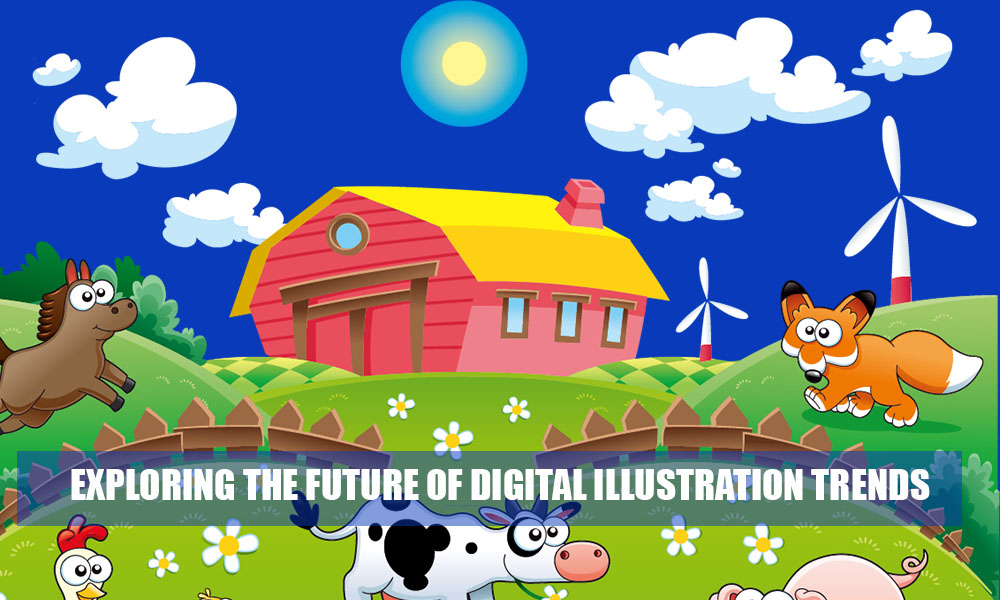As we enter a time when the digital transformation is speeding up like never before, User Experience (UX) design has become an essential field that influences how users engage with technology. Looking forward, UX design is set to develop beyond the screen, reshaping the limits of human-computer interaction. The future of UX design, driven by AI personalization and immersive realities, holds the promise of being more intuitive, inclusive, and intelligent.
Individualization Driven by AI
Artificial intelligence (AI) is one of the most transformative forces in UX design. Thanks to the emergence of machine learning and big data, designers are using AI to develop hyper-personalized experiences that adjust in real time to the specific needs and preferences of individual users. Services such as Netflix, Spotify, and Amazon have already implemented AI to suggest content or products according to user actions.
In the future, AI will be more thoroughly embedded in UX workflows, enabling systems to anticipate user intent and provide proactive assistance. For instance, smart chatbots will evolve to be more empathetic and aware of context, providing help with a human-like comprehension. Designers will need to work alongside data scientists to train algorithms that enhance—not hinder—user autonomy.

2. Voice and Chat-Based Interfaces
With the maturation of voice technology, conversational interfaces are emerging as a significant frontier in user experience (UX). Voice assistants such as Amazon’s Alexa, Apple’s Siri, and Google Assistant have transformed the way users engage with devices. The future of UX design will focus on creating seamless voice user interfaces (VUIs) that users find natural and intuitive.
Designers must consider aspects beyond visual design, such as tone, phrasing, context, and the flow of conversation. Moreover, it will be crucial to combine voice with other forms of interaction—like touch, gestures, and visuals—in order to develop unified omnichannel experiences.
3. Eintauchende Erfahrungen: AR, VR und XR
Augmented Reality (AR), Virtual Reality (VR), and Extended Reality (XR) are transforming the digital environment. These immersive technologies are broadening UX from 2D interfaces to encompass fully interactive 3D environments. XR is revolutionizing the way users interact with content, whether through virtual clothing fittings or 3D product explorations prior to buying.
With the increasing mainstream adoption of these technologies, it is essential for UX designers to expand their skillsets to encompass spatial design, motion interaction, and haptic feedback. We will concentrate on crafting virtual experiences that are intuitive, comfortable, and accessible, so that users feel in control and not overwhelmed.
Design mit Fokus auf Emotionen
The significance of emotional intelligence in design is on the rise. UX design will increasingly focus on creating experiences that evoke emotional responses, thereby strengthening the bond between users and digital products. Real-time emotional feedback will be made possible by tools that monitor user sentiment based on facial expressions, voice tone, or physiological signals.
Using this information, UX designers will develop designs that are sympathetic to user mood and intent. Design that focuses on emotions can improve engagement, minimize friction, and foster brand loyalty. It does, however, give rise to ethical worries regarding emotional manipulation and data privacy, which must be approached with care.
Design that is Ethical and Inclusive
With technology infiltrating all facets of life, the significance of ethical UX design has reached unprecedented levels. Designers bear the responsibility of making certain that digital products are fair, transparent, and accessible to everyone, from algorithmic bias to dark patterns.
In the next few years, inclusive design will become an essential part of UX. Accessibility for users with disabilities, support for multiple languages, and cultural sensitivities should be prioritized by designers. Inclusive UX serves as more than just a moral obligation—it provides a business edge by broadening market reach and enhancing user trust.
Tools with No-Code and Low-Code
The emergence of no-code and low-code platforms is making design and development accessible to all. Designers, as well as those without a design background, can now create prototypes and develop interactive experiences using tools such as Webflow, Figma, and Bubble—all without requiring advanced technical abilities.
In the future, UX professionals will dedicate more time to fine-tuning user flows and rapidly testing concepts. With this change, collaboration among design, product, and development teams is encouraged to a greater degree. Moreover, it highlights the significance of UX strategy and storytelling when execution is more attainable.
Design unter Berücksichtigung des Kontexts
As smart devices—from wearables to IoT gadgets—become more widespread, context-aware UX design is becoming more popular. These gadgets gather information on user conduct, whereabouts, surroundings, and even biometric signals. The aim is to provide experiences that adjust dynamically to the user’s context.
As an example, a fitness application may alter its interface based on whether the user is walking, running, or resting. Designers should consider situational awareness and foresee user needs across different scenarios. This requires a transition from static design to dynamic, data-driven experiences.
8. Microinteractions and Joy
Microinteractions, which include subtle animations and visual cues that guide users, are increasingly becoming a core component of contemporary UX. They improve usability, offer feedback, and create delightful moments that enhance the overall experience.
With the advancement of digital interfaces, microinteractions will be essential for ensuring that experiences feel human and captivating. Whether it’s a smooth loading animation or haptic feedback when pressing a button, every detail will be important. To create microinteractions that seem effortless and intentional, designers must become proficient in motion design and behavioral psychology.
9. UX with sustainability focus
Sustainability has evolved from a mere buzzword into a crucial element of design. With the rise in environmental concerns, UX designers need to take into account the ecological consequences of their decisions. This encompasses enhancing energy efficiency, minimizing digital clutter, and promoting user behaviors that reflect mindfulness.
Products designed with sustainable UX in mind should be durable, featuring modular design systems and scalable infrastructure. Carbon footprint tracking and green design principles are likely to become standard components of the UX toolkit in the future.
Ongoing User Feedback and Iteration
Ultimately, the future of UX design is firmly based in processes that are iterative and centered on the user. Thanks to analytics tools and real-time user feedback, designers can now track the performance of their products after launch and implement quick enhancements.
Design systems will evolve based on user behavior and business goals, making this agile approach the standard. Designers will take on the roles of researchers and strategists, perpetually enhancing the user journey through data analysis and experimentation.
Conclusion
As the technology it underpins evolves, so too does the future of UX design. In order to deal with the growing complexity of the digital ecosystem, designers will need to keep adaptability, empathy, and a focus on users at the forefront. The aforementioned trends indicate that the future of UX will extend beyond mere usability to encompass the design of experiences that are ethical, meaningful, and immersive, thereby enriching human life.
No matter if you’re an experienced designer or new to the industry, keeping abreast of these trends will be crucial for creating products that go beyond meeting user needs and expectations. We don’t just design the future; we experience it.




